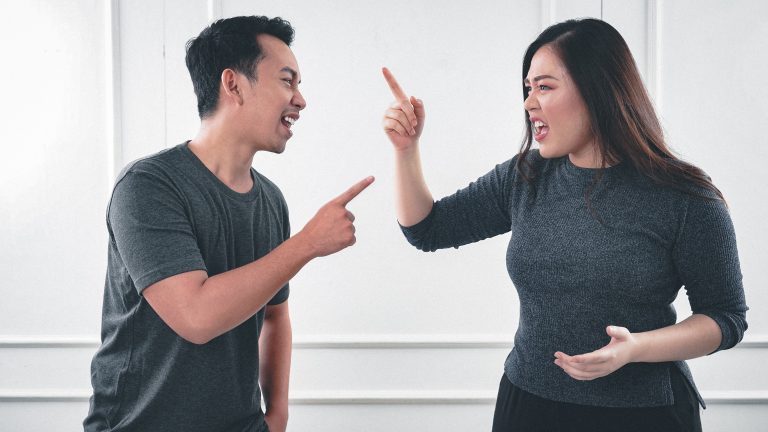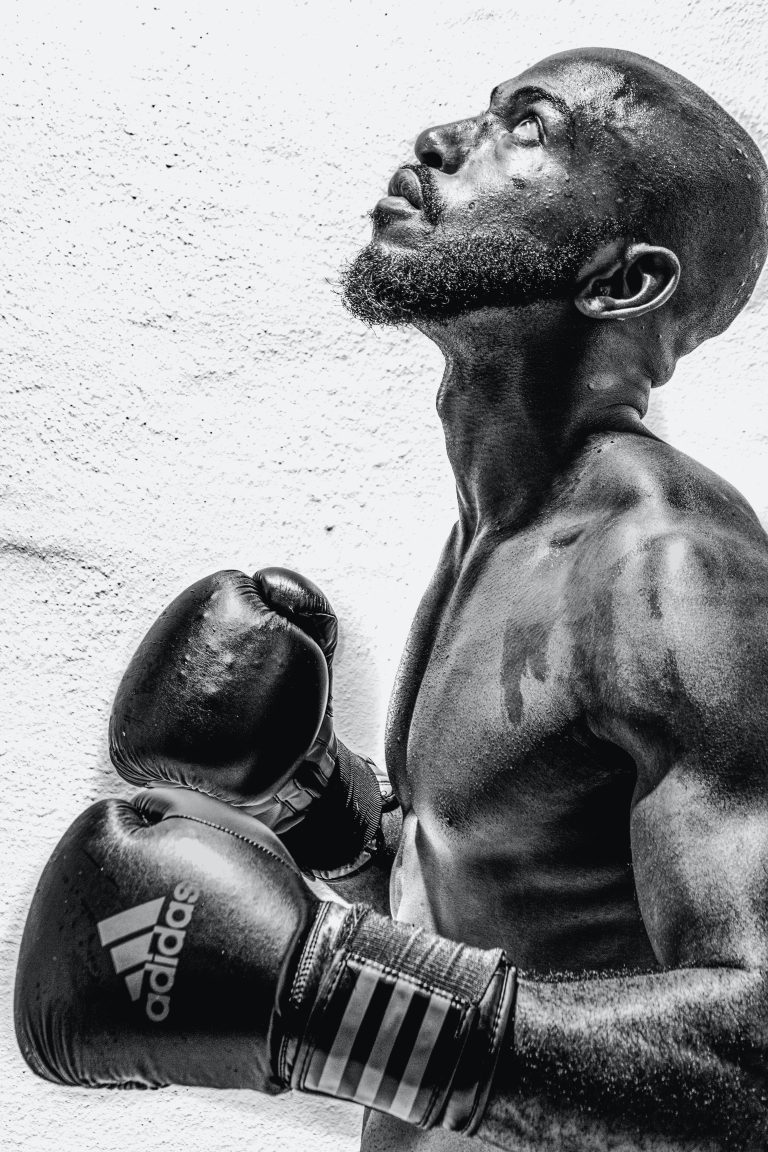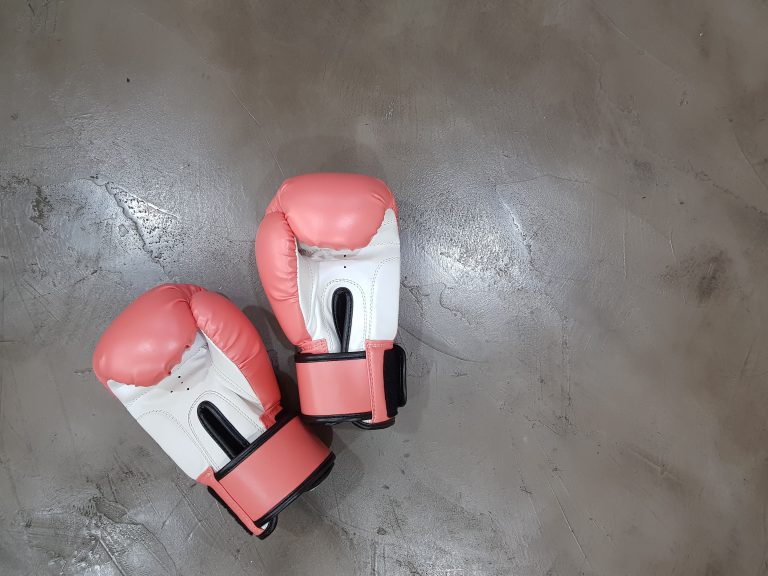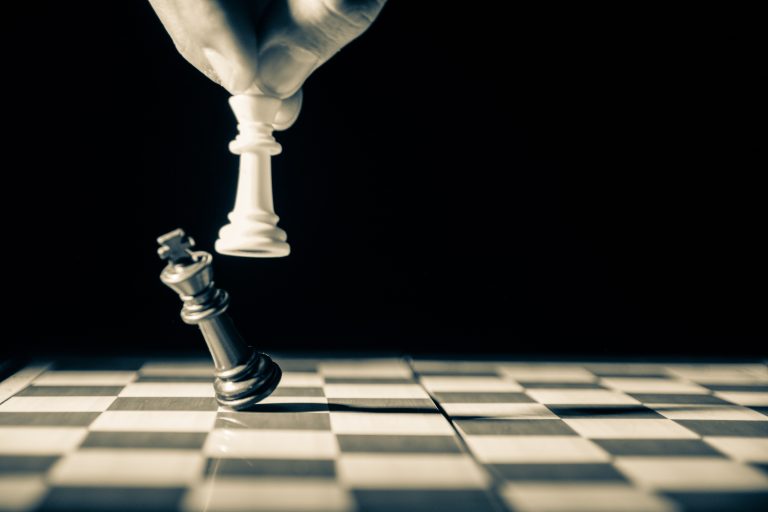Did Karate Come from Japan?
Karate is a martial art that originated from the island of Okinawa, a part of Japan. It is known for its varied techniques of strikes, kicks, throws and punches. There are different styles of karate which have evolved over time, but the question remains – did karate really come from Japan?
The answer to this question is not a straight forward one, because there are different theories and legends surrounding the origins of karate. Some suggest that it originated in India and was brought to China by a Buddhist monk, from where it evolved and found its way to Okinawa. Whereas others propose that karate was an indigenous Okinawan martial art which was influenced by Chinese martial arts.
The history of karate can be traced back to the Ryukyu Kingdom, which ruled over Okinawa from the 15th century to the 19th century. During this time, there were constant wars and conflicts which led to the development of various forms of fighting techniques. These techniques were used by the peasants for self-defense against the samurai and warriors of the ruling class. The Okinawans were not allowed to carry weapons, so they developed a range of empty-hand techniques, which included punching, kicking, blocking and grappling.
Karate is said to have been developed during this period as a means of self-defense. However, it was not called karate at that time, but rather by various names such as ti, te, and tode. It was only in the early 20th century, when it was introduced to the Japanese mainland, that it was given the name karate.
There are many legends surrounding the evolution of karate, one of which suggests that it was influenced by the Chinese martial art of kung fu. This is because the Ryukyu Kingdom had close trade links with China and it is believed that Chinese martial artists visited Okinawa during this time. They are also said to have brought with them knowledge of the Chinese martial arts, which the Okinawans then incorporated into their own fighting techniques.
Another legend suggests that karate was influenced by a system of Shaolin martial arts from China, which was introduced to Okinawa by a man named Kusanku. Kusanku was said to be a Chinese martial artist and diplomat who visited Okinawa in the 18th century. He is said to have demonstrated the techniques of what is now known as the Kusanku kata, which is a foundational kata in many styles of karate.
Yet another theory suggests that karate was influenced by the Indian martial art of kalaripayattu. This theory is based on the fact that there were many Indians who lived and worked in the Southeast Asia during the 15th and 16th century.
What is clear is that karate evolved over time as a response to the needs of the Okinawan people. While there are several different theories on how karate came to be, the fact that it is a martial art that is intimately linked to the island of Okinawa cannot be ignored. Karate was developed and refined on Okinawa, and it was only after it was introduced to the Japanese mainland that it became widely known around the world.
In conclusion, while there are different theories surrounding the origins of karate, it is certain that it evolved from the fighting techniques developed on the island of Okinawa. Karate may have been influenced by Chinese and Indian martial arts, but it is its own unique form of martial arts with its own distinctive techniques and practices. It is a martial art that has captured the imagination of people around the world and has become an important part of popular culture.
The Origin of Karate
Karate is a martial art that has gained popularity all over the world. It is often associated with Japan, but did it really originate from Japan? This is a question that has been asked by many people. In this article, we will provide answers to the most frequently asked questions regarding the origin of karate.
Question 1: Did karate come from Japan?
Yes, karate did come from Japan. However, its origins can be traced back to the island of Okinawa, which is now a part of Japan. At the time, Okinawa was an independent kingdom known as the Ryukyu Kingdom, which was influenced by both Chinese and Japanese culture.
Question 2: Who developed karate?
Karate was developed by the people of Okinawa, who were looking for ways to defend themselves against invaders. It is believed that some of the techniques used in karate were developed based on Chinese martial arts, which were introduced to Okinawa by Chinese traders and diplomats.
Question 3: When did karate originate?
The origins of karate can be traced back to the 1300s or 1400s. However, the exact date is not known. At that time, karate was not a structured martial art but was rather a collection of techniques used for self-defense.
Question 4: What is the meaning of the word karate?
The word karate is derived from two Japanese words: kara, which means „empty,“ and te, which means „hand.“ Therefore, karate can be translated to mean „empty hand.“
Question 5: How did karate become popular outside of Japan?
Karate became popular outside of Japan in the mid-20th century, thanks to the efforts of various karate masters. These masters traveled around the world and introduced karate to people in different parts of the world. Additionally, karate was included in the Olympics for the first time in 2021, which has also helped to increase its popularity.
Question 6: What are the different styles of karate?
There are several different styles of karate, including Shotokan, Goju-ryu, Shito-ryu, Wado-ryu, and Kyokushin. Each style has its own unique techniques and principles, but all of them are based on the same underlying philosophy of using physical techniques for self-defense.
Question 7: What is the philosophy behind karate?
The philosophy behind karate is based on the principles of respect, discipline, and self-control. Practitioners of karate are taught to use their physical techniques only for self-defense and to avoid using violence unnecessarily. Additionally, karate is also used as a form of physical exercise and stress relief.
How to Authenticate if Karate Originated from Japan?
Karate is a martial art form that has gained a lot of popularity in recent years. The sport has grown to become one of the most practiced martial art forms worldwide. The origin of karate has been a topic of great discussion among martial artists and historians for many years. While many people believe that karate originates from Japan, there are still those who remain skeptical about its Japanese origin.
If you’re interested in learning more about the origin of karate, this guide aims to help you authenticate if karate originated in Japan.
Step 1: Understand What Karate is
Karate is a martial art form that developed in Okinawa, an island in Japan. The word „karate“ is a combination of two Japanese words: „kara,“ meaning „empty,“ and „te,“ meaning „hand.“ This directly translates to „empty hand,“ which refers to the unarmed nature of the martial art form. Karate involves various techniques, including punches, kicks, knee strikes, and open-hand strikes.
Step 2: Historical Evidence of the Origin of Karate
Historians believe that the history of karate dates back to ancient China, where martial arts were part of daily life. However, the development of karate as a distinct martial art form is linked to Okinawa, Japan. The people of Okinawa were influenced by Chinese martial arts and developed their unique style of martial arts, which later came to be known as karate.
The modern form of karate that we know today originated in the early 1900s in Okinawa, Japan. Funakoshi Gichin, a karate master, introduced the martial art form to mainland Japan in 1921. Since then, the art form has gained global recognition.
Step 3: Characteristics of Japanese Karate
The characteristics of Japanese karate provide supporting evidence for its origin in Japan. Various aspects of the martial art form are Japanese, including the language used in karate, the names given to techniques, and the ranking system.
For example, many karate terms and techniques are in Japanese, including the names of various moves like „seiken,“ which means „forefist,“ and „mawashi-geri,“ which means „roundhouse kick.“ The ranking system used in karate is also Japanese, with practitioners in Japan receiving certificates in Japanese.
Step 4: Compare Karate with Other Martial Art Forms
Comparing karate with other martial arts forms will help in understanding the origin of karate. While karate shares similarities with Chinese martial arts, it has distinguishing characteristics that identify it as a Japanese martial art.
Karate has a strong emphasis on striking techniques while Chinese martial arts focus on circular movements, throws, and joint locks. The uniforms worn in karate are similar to those worn in other Japanese martial arts, such as judo and kendo.
Step 5: Consult Experts in Karate and Martial Arts History
Consulting experts in karate and martial arts history is crucial in authenticating the origin of karate. Experts in these fields will have extensive knowledge of the history and development of karate and other martial art forms.
In conclusion, the evidence suggests that karate originated in Okinawa, Japan, and has been influenced by Chinese martial arts. The combination of Japanese cultural elements and unique karate techniques provides strong evidence for its Japanese origin. By following the steps in this guide, you can authenticate that karate comes from Japan.
Inhaltsverzeichnis






